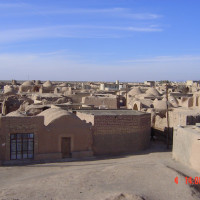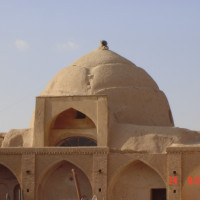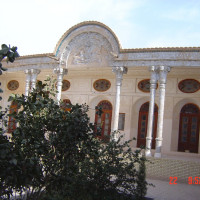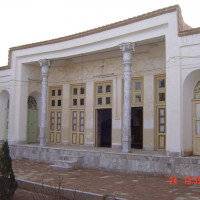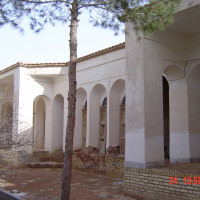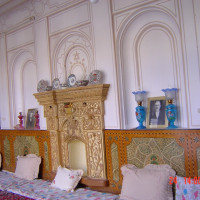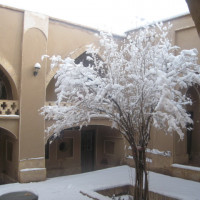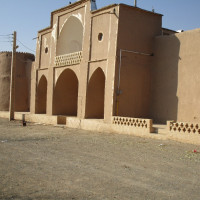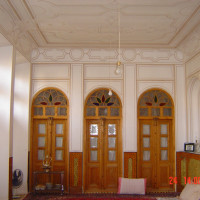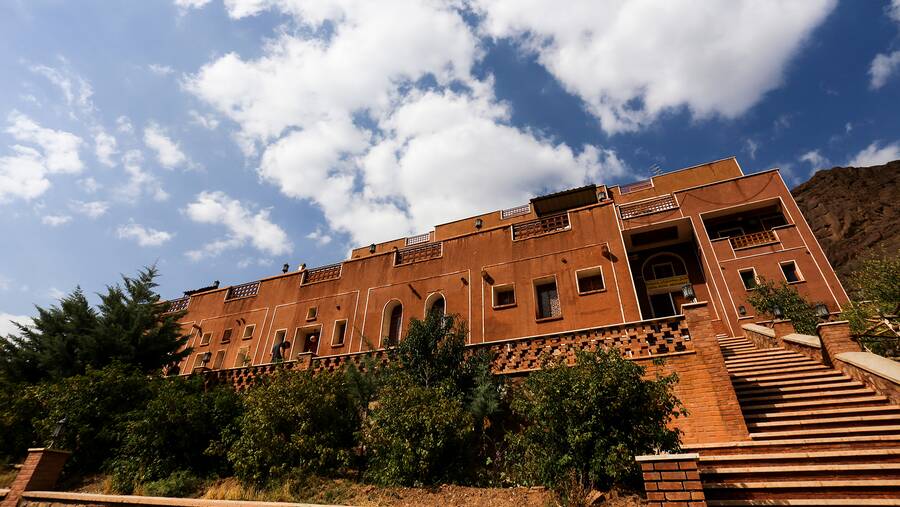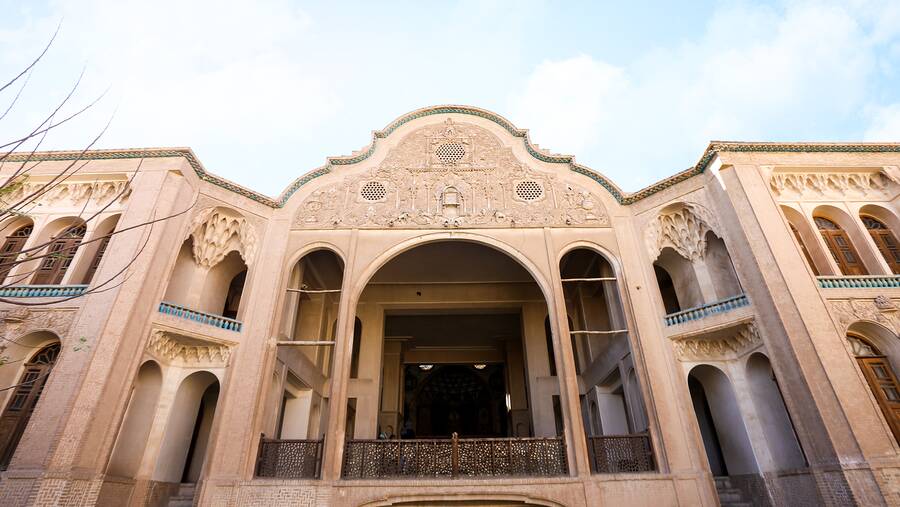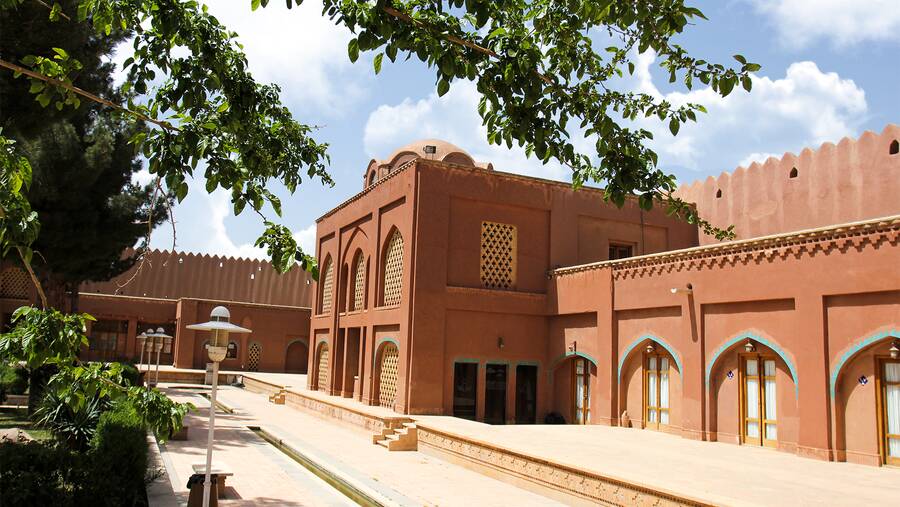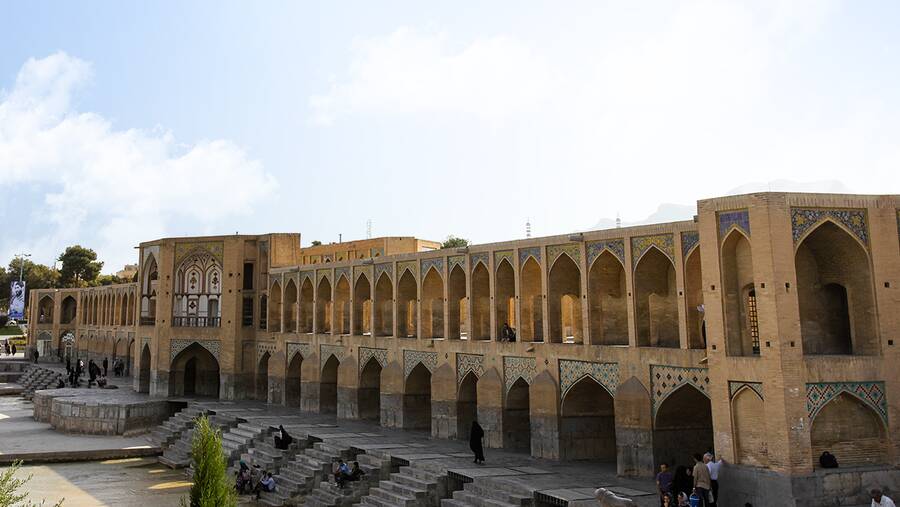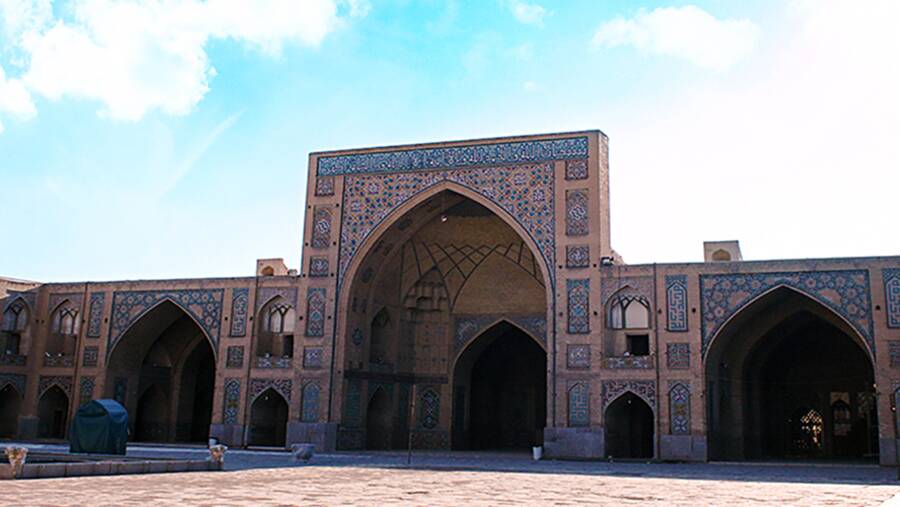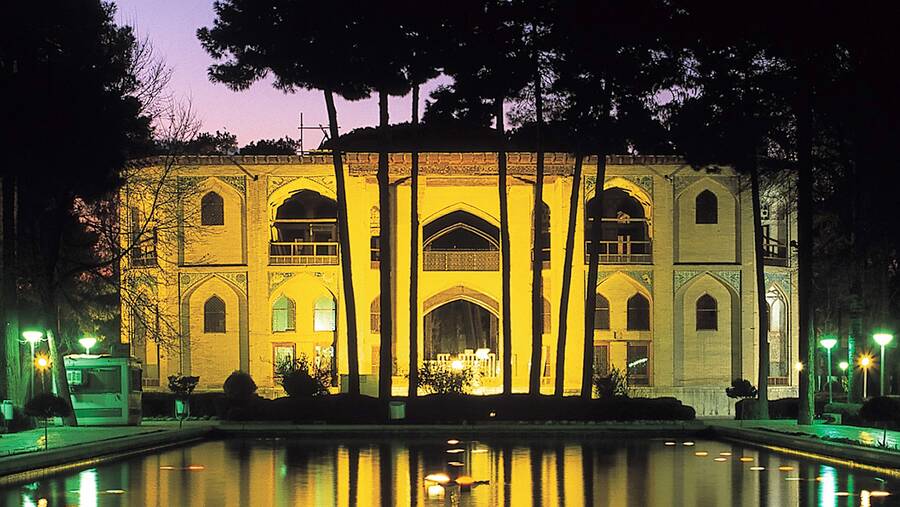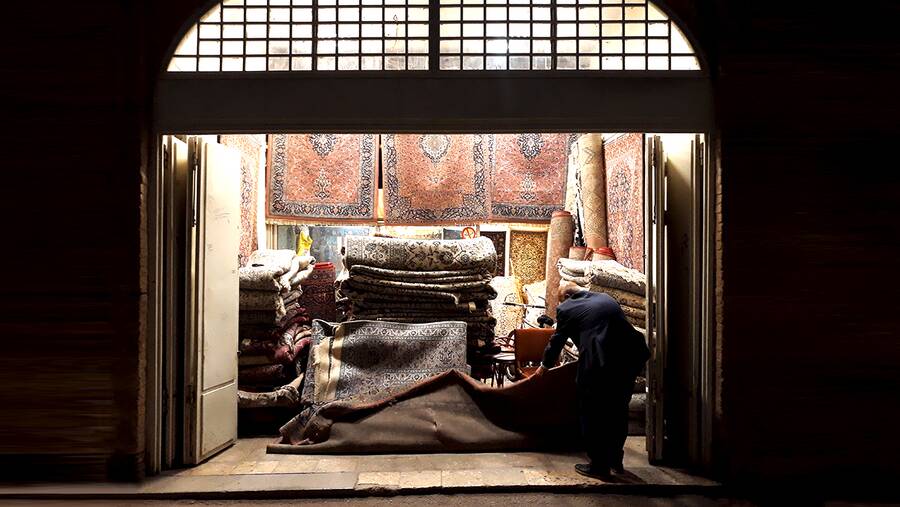Ghehi Village is located eighty kilometers east of Isfahan and thirty-five kilometers to Varzaneh, in Jolgeh rural district, Isfahan province. The historical village of Ghehi has been registered in the list of Iran National Heritage on October 15, 2005 (No. 13600).
The name of this village which is, according to narratives, related to pre-Islamic periods is in fact driven from Kehi meaning plain area in contrast to foothills. Archaeologists believe that Jama Mosque of Ghehi used to be the fire temple of Zoroastrians before the advent of Islam.
Due to its location in the heart of desert until fifty years ago, the historical village of Ghehi used to be the center of camel breeding in Iran. However, the occupation was gradually faded under the shadow of new cars and trucks led to those occupied with this job to immigrate to another place. In his book on the ancient ways of Isfahan, Maxime Siroux introduced Ghehi village as a city, sixty years ago.
Ghehi is one of the most historical villages in Isfahan. One of the historical houses of this village remained of Safavid period and the rest of its old texture belongs to Qajar. Nearly 65% of the historical texture of the village still remained healthy.
People in this region speak in a quite special language and dialect indicating their old culture.
The main drinking water and agricultural water source used to be qanats in the past, because of the lack of water in desert area, which have been ruined as a result of locals’ immigration and public ignorance about dredging.
Colorful glasses, stuccos, decorations and paintings applied on the architecture of this village indicate the work of Isfahan artists in this region and luxurious houses are related to wealthy governors who were occupied with camel breeding.
The old architecture of this village including walls, fortifications and high entrances in a semi-royal form, is different from their simple contemporary rural buildings. This style also includes the residential houses.
Based on architectural characteristics in this village, lordship houses and large houses are built in form of a castle. The village includes tower, Jama Mosque, Imamzadeh Abd al-Vahed, bathhouse, two cisterns, caravanserai, two ḥosayniyas which have almost been ruined, Imamzadeh Pir Shams al-Din as well as fire place.
